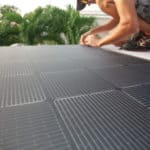
MENUMENU
TALK TO AN EXPERT
Special Hours: 7AM – 6PM PST
TALK TO AN EXPERT
Special Hours: 7AM – 6PM PST
If you or a loved one rely on a CPAP machine at night, you know just how important it is to have a constant source of power. After all, CPAPs are one of those electronics that are absolutely essential. But is it possible to venture off-grid while using a CPAP on solar?
Below we cover everything you need to know about using your CPAP machine on solar, including how much energy they use, how much solar you’ll need, and whether or not it’s even worth trying. Let’s dive in.
A CPAP machine stands for Continuous Positive Airway Pressure machine. It’s typically prescribed to treat sleep apnea disorders. It sends a steady flow of air into your nose and mouth as you sleep. This process helps keep your airways open and prevents any temporary collapses.
CPAP machines typically have a motor that compresses pressurized air. The air then goes through a filter, which then leads to a mask sealed around your nose or mouth (or both). This ensures that you receive plenty of oxygen as you sleep, so you don’t have to wake up throughout the night constantly.

In short, no. A CPAP machine uses a very minimal amount of power, which is good news for travelers who want to venture off-grid.
For example, a CPAP that doesn’t use a humidifier uses as little as 30 to 60 watts. This means that it will likely only use about 0.5 kilowatts in eight hours, which is less than half of one 100Ah 12V LiFePO4 deep cycle battery.
CPAPs that come with a humidifier may use as much as 90 watts, but you should still be able to rely on minimal battery power if you’re using a CPAP on solar power.
First and foremost, it’s important to remember that CPAP machines need to be hooked up to a continuous supply of power. This is because virtually all CPAPs rely on plug-in electricity versus their own internal batteries.
Thus, you’ll need some kind of power source next to your bed. If your boat or RV is always plugged into shore power overnight, this simply means plugging into an outlet. However, if you are boondocking without hookups in your RV or anchoring out, you’ll need another source of power.
Depending on your CPAP machine’s power requirements, this might be a 12-volt plug-in or a standard 120-volt outlet connected to an inverter. The inverter will turn your 12V DC power off your house batteries into the 120V AC you need to plug in the CPAP. To recharge your batteries, you will want to use a generator or solar power to replenish your energy reserves.
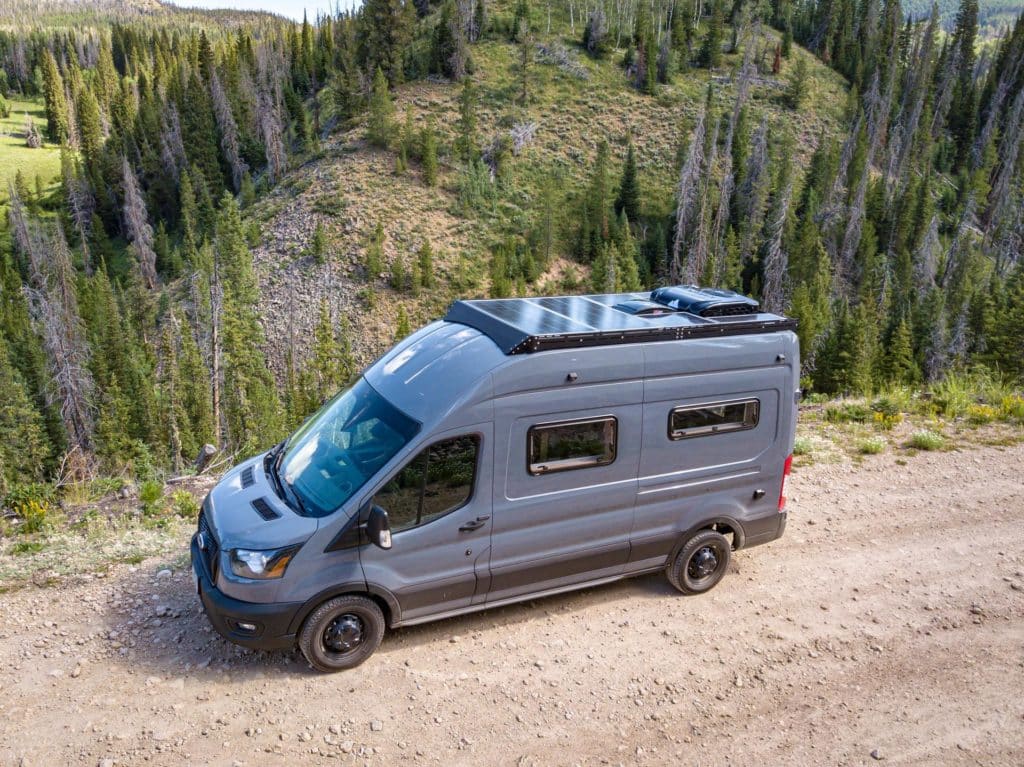
Nearly all CPAPs on the market run off of 120-volt outlets. However, 12-volt CPAPs do exist, and they’re usually referred to as “dual voltage” CPAPs. A dual-voltage CPAP can save you quite a bit of energy when compared to converting DC power to AC via an inverter.
It is possible to use an inverter however to run any CPAP on 12V. An inverter converts 12V to 120 or 240V for use by the CPAP. Using an inverter typically ensures a 25% loss. This means a 60-watt CPAP running on an inverter will actually use 75 watts.
Yes, a CPAP machine can run off of solar power. However, solar panels aren’t the only equipment you’ll need to ensure your CPAP has a reliable power source.
Obviously, the sun doesn’t shine at night, which is the time of day you will need your CPAP most. Therefore, your panels won’t emit any power when it’s dark. Not only that, but a cloudy day can significantly reduce the amount of power you’re pulling in.
This is why it’s extremely important to have a way to store your solar energy in the form of reliable deep-cycle batteries, such as lithium-ion. Just make sure they’re completely charged before bedtime. Check the state of charge in the morning, and you’ll soon learn exactly how much power you need at night.
Why lithium? Our LiFePO4 batteries are much safer than lead-acid batteries because they don’t produce hazardous gases, among other reasons. Plus, they have Battery Management Systems that prevent potential malfunctions.
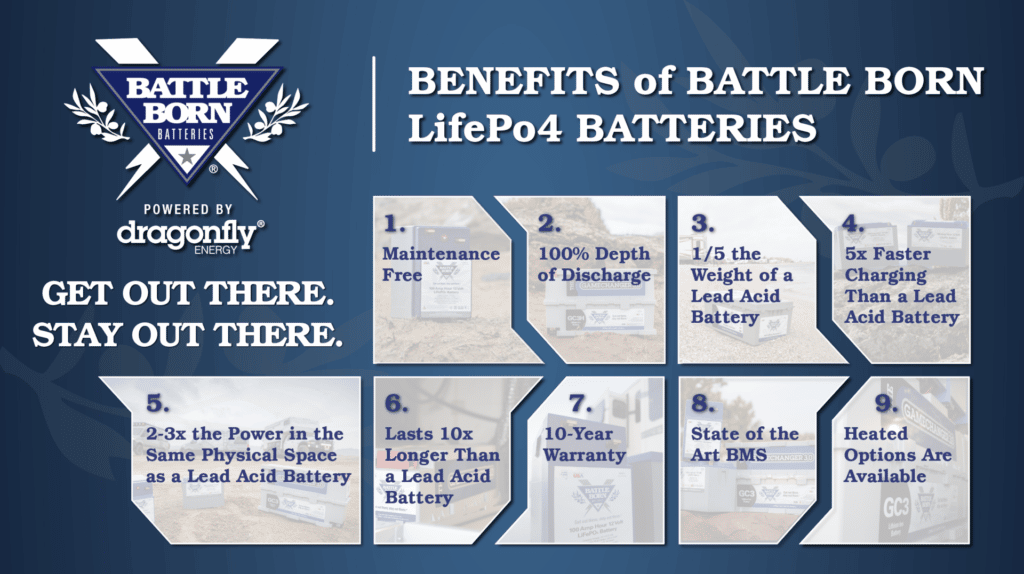
LiFePO4 batteries can also recharge much faster than lead acid, and are considered the best solar battery available. They experience nearly 100% discharges (compared to only 50% for lead acid) and are much smaller and lighter. Believe it or not, lithium batteries are much more cost-effective over time, as well.
In fact, their longer lifespans make them four to six times less expensive than their lead-acid counterparts. Choosing lithium is really a no-brainer if you want a reliable source of power for your CPAP machine or other uses.
In order to determine how many watts of solar you’ll need for your CPAP machine, check the label on your device. All electronics indicate how much power they use, either in watts or amps. If the power consumption is in amps, simply convert it into watts by multiplying the amps by the volts.
→ Not everyone is an electrician, and you don’t need to be. Here are Amps, Volts, and Watts explained in easy terms!
Once you have the watts, convert them into watt-hours to determine how much power you’ll need from your solar panels. Watt-hours are a way of calculating how long you’ll use your device in a day. It also calculates how much power consumption you’ll use. Therefore, if your CPAP uses approximately 50 watts, multiply this by the number of hours it will run. For examples, 50 x 8 = 400 watt-hours.
To determine how much solar you’ll need, keep in mind that an average 100-watt solar panel will produce about 350 watt-hours per day. Thus, in order to figure out how many panels you need, divide your watt-hours by 350. In this case, 400 / 350 = 1.14. Therefore, you’ll easily be able to power your CPAP off of two 100-watt solar panels.
Keep in mind that this energy is just the energy for the CPAP saved in the batteries. If using other loads you will need more solar panels. Usually, it’s best to double the estimate anyway to make up for some cloudy conditions.
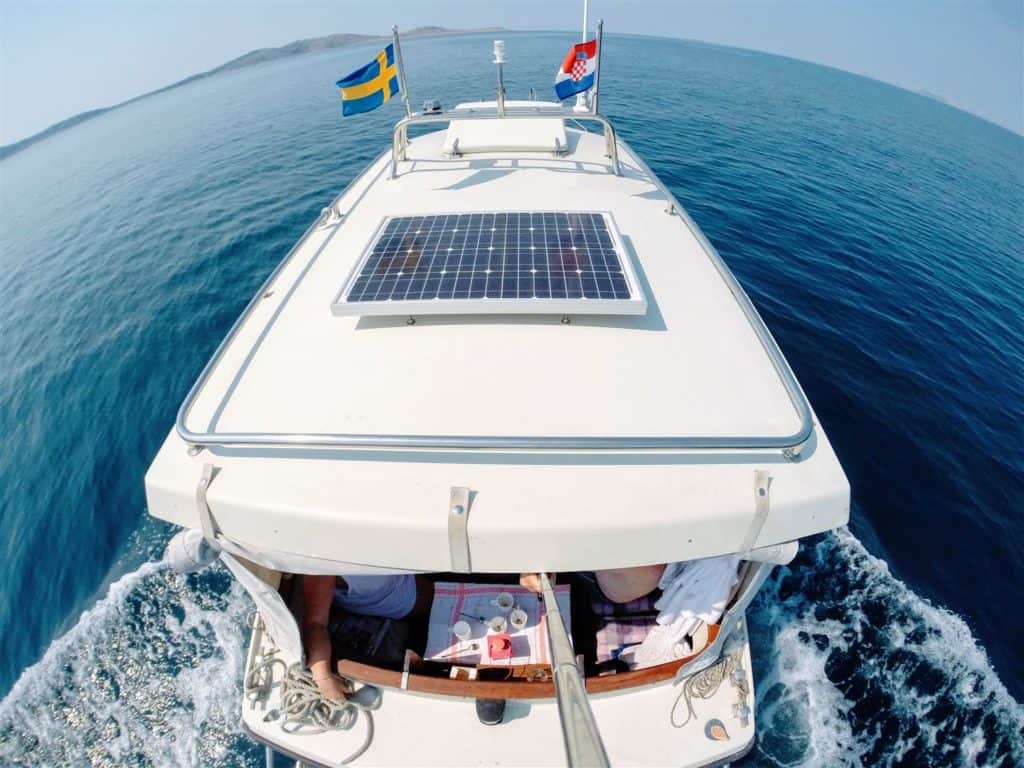
Naturally, the next question is how much battery storage do you need to use that power overnight?
As we discussed above, when figuring out the watt-hour needs of your CPAP you can use that same number to determine how much battery you need to run your machine. If you determined your CPAP needs 400-watt hours, then you can calculate how much battery you need. A 100 amp hour Battle Born Battery has 100Ah x 13V = 1300 Watt Hours capacity. Thus, one 100Ah Battle Born Battery will run this CPAP for 3 nights if fully charged (*if running nothing else).
If trying to use a lead acid be sure to estimate a proper watt-hour capacity which will be much less. In Mortons on the Move extensive tests, it was found that most lead-acid batteries produce less than half what one Battle Born can supply depending on cut-off.
Most CPAP machines only need an inverter that can support 200 watts. Using a smaller inverter for the small load will be more efficient than a larger one. Of course, if you have other electronics that you’d like to run off your batteries, you might want to consider purchasing a bigger one.
Just because you or a loved one uses a CPAP, it doesn’t mean you have to miss out on off-grid adventures! Exploring off-grid and going without hookups just means factoring in your energy needs. Luckily, it’s entirely possible to power your CPAP with solar and battery power. And it is totally and completely worth it! Sleep soundly knowing your CPAP will have reliable power throughout the night.
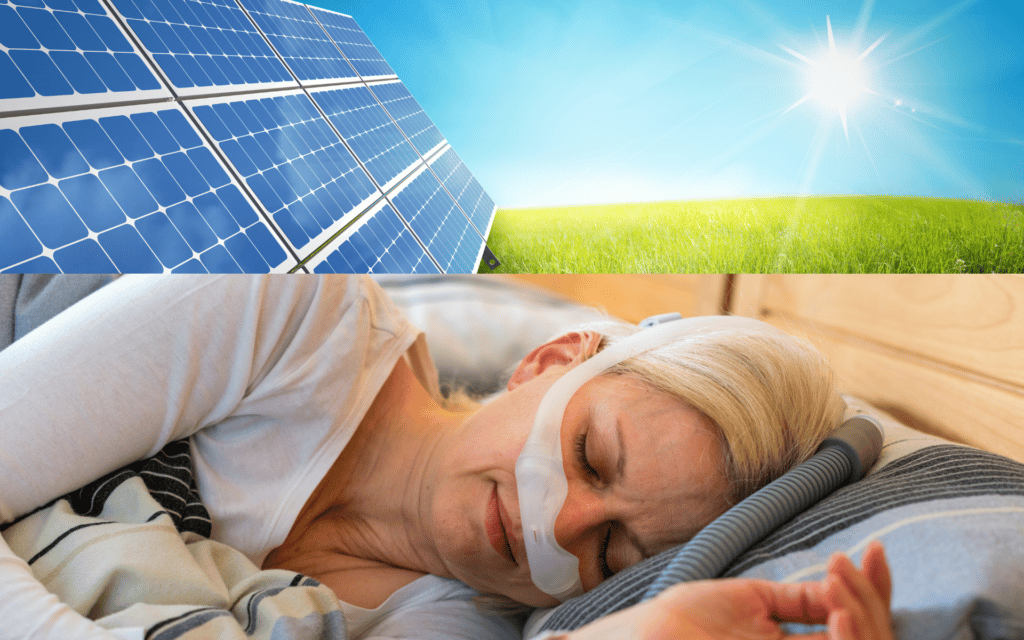
We know that building or upgrading an electrical system can be overwhelming, so we’re here to help. Our Reno, Nevada-based sales and customer service team is standing by at (855) 292-2831 to take your questions!
Also, join us on Facebook, Instagram, and YouTube to learn more about how lithium battery systems can power your lifestyle, see how others have built their systems, and gain the confidence to get out there and stay out there.
Shop Best Sellers

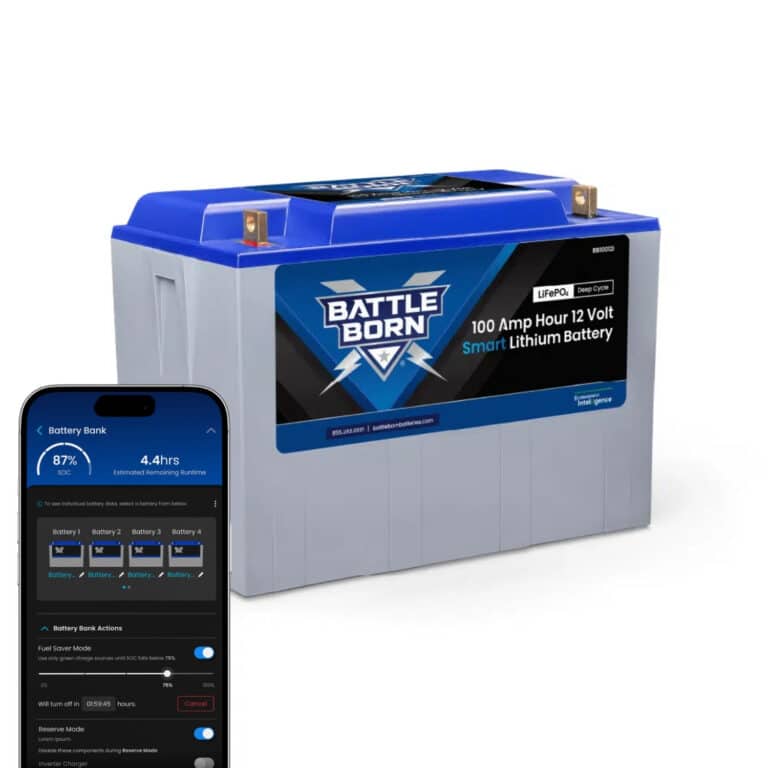

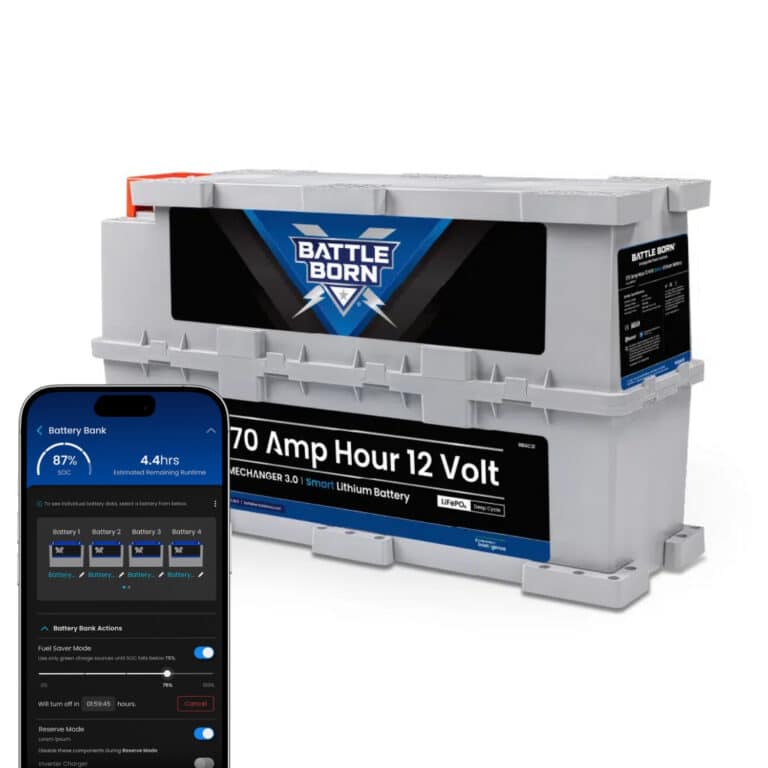




Ask a technical specialist now at 855.292.2831
Stay in the Know